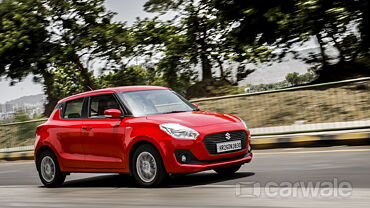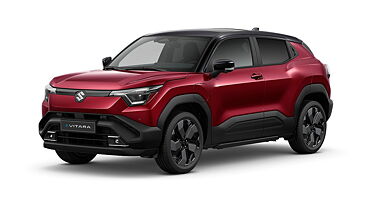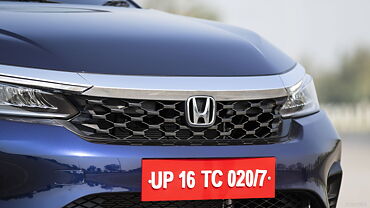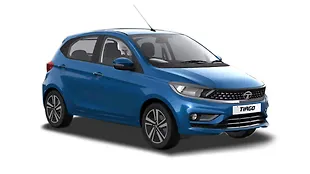
Maruti Suzuki has set the ball rolling for the top-of-the-line AT models by introducing one for the Baleno. With a growing demand for the two-pedal setup, this variant will open the Baleno to those who drive less, but are willing to pay top money for their car.
The Baleno is the most premium and largest hatchback that the Indo-Japanese automaker makes and in this decade, it is their most successful product with over a million of them being shipped in just under two years.
This variant of the Baleno is powered by the 1.2-litre K-Series four-cylinder petrol motor producing 83bhp/115Nm of torque. The all-important AT option is the CVT unit which was being offered only in the lower spec Delta and Zeta units when the car was launched, but is now available across the range.
The Baleno is one of the four premium hatchbacks being sold in India and takes on the likes of the Hyundai Elite i20, Volkswagen Polo and the Honda Jazz. Both these models too have automatic options, but they are only with the lower spec variants and surprisingly these are priced equivalent to the Baleno AT.
In this price range you also get compact SUVs, C-segment sedans, SUVs and compact sedans. The charge of the compact SUVs is being led by the Mahindra TUV300, Mahindra NuvoSport, Ford EcoSport as well as Maruti’s own Vitara Brezza albeit all in MT trims and lower spec variants. The sedans are slightly bigger lot as you get the entry-level models of the Ciaz, Honda City, VW Vento and the Skoda Rapid for this kind of money. The compact sedan brigade is represented here by the Ford Aspire, Maruti Suzuki Dzire as well as the VW Ameo.
Maruti Suzuki Baleno reviews and road tests

![Maruti Suzuki Baleno [2015-2019] Image Maruti Suzuki Baleno [2015-2019] Image](https://imgd.aeplcdn.com/272x153/cw/ec/21723/Maruti-Suzuki-Baleno-Right-Front-Three-Quarter-147250.jpg?wm=0&q=80)















![Maruti Suzuki Baleno [2015-2019] Right Front Three Quarter Maruti Suzuki Baleno [2015-2019] Right Front Three Quarter](https://imgd.aeplcdn.com/199x112/cw/ec/21723/Maruti-Suzuki-Baleno-Right-Front-Three-Quarter-147250.jpg?wm=0&q=80)
![Maruti Suzuki Baleno [2015-2019] Exterior Maruti Suzuki Baleno [2015-2019] Exterior](https://imgd.aeplcdn.com/199x112/cw/ec/19751/Maruti-Suzuki-Baleno-Exterior-118756.jpg?wm=0&q=80)
![Maruti Suzuki Baleno [2015-2019] Right Front Three Quarter Maruti Suzuki Baleno [2015-2019] Right Front Three Quarter](https://imgd.aeplcdn.com/199x112/ec/08/76/19751/img/m/Maruti-Suzuki-New-Baleno-Right-Front-Three-Quarter-55663_l.jpg?v=201711021421&q=80)
![Maruti Suzuki Baleno [2015-2019] Dashboard Maruti Suzuki Baleno [2015-2019] Dashboard](https://imgd.aeplcdn.com/199x112/cw/ec/19751/Maruti-Suzuki-Baleno-Dashboard-105544.jpg?v=201711021421&q=80)
![Maruti Suzuki Baleno [2015-2019] Steering Wheel Maruti Suzuki Baleno [2015-2019] Steering Wheel](https://imgd.aeplcdn.com/468x263/cw/ec/19751/Maruti-Suzuki-Baleno-Steering-Wheel-91881.jpg?v=201711021421&q=80)



























